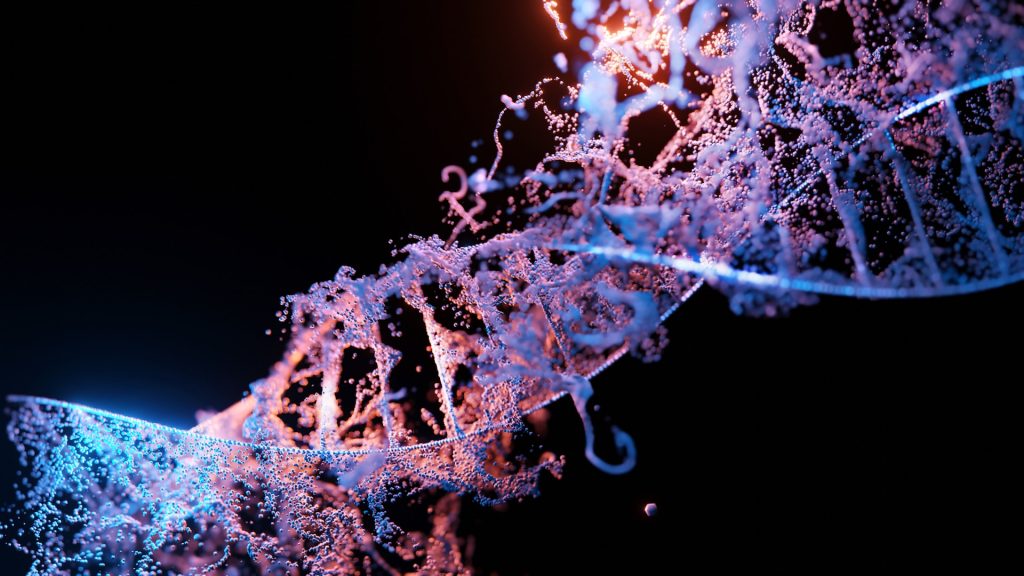DNA Damage can Stay Unrepaired for Years
The findings are set to change our understanding of genetic mutation

In a paradigm shift in how we view mutations, researchers uncover forms of DNA damage in healthy cells – most particularly in blood stem cells – that can persist unrepaired for years.
While most known types of DNA damage are fixed by our cells’ in-house repair mechanisms, some forms of DNA damage evade repair and can persist for many years, new research shows. This means that the damage has multiple chances to generate harmful mutations, which can lead to cancer.
Scientists from the Wellcome Sanger Institute and their collaborators analysed family trees of hundreds of single cells from several individuals. The team pieced together these family trees from patterns of shared mutations between the cells, indicating common ancestors.
Researchers uncovered unexpected patterns of mutation inheritance in the trees, revealing that some DNA damage persists unrepaired. In the case of blood stem cells, this can be for two to three years.
The research, published in Nature, changes the way we think about mutations, and has implications for understanding the development of various cancers.
Throughout our life, all of the cells in our body accumulate genetic errors in the genome, known as somatic mutations. These can be caused by damaging environmental exposures, such as smoking, as well as the everyday chemistry occurring in our cells.
DNA damage is distinct from a mutation. While a mutation is one of the standard four DNA bases (A, G, T or C) in the wrong place, similar to a spelling mistake, DNA damage is chemical alteration of the DNA, like a smudged unrecognisable letter. DNA damage can result in the genetic sequence being misread and copied incorrectly during cell division, in a process known as DNA replication. This introduces permanent mutations that can contribute to the development of cancers. However, the DNA damage itself is usually recognised and mended quickly by repair mechanisms in our cells.
If researchers can better understand the causes and mechanisms of mutations, they may be able to intervene and slow or remove them.
In a new study, Sanger Institute scientists and their collaborators analysed data in the form of family trees of hundreds of single cells from individuals. The family trees are constructed from patterns of mutations across the genome that are shared between cells – for example, cells with many shared mutations have a recent common ancestor cell and are closely related.
The researchers collated seven published sets of these family trees, known as somatic phylogenies. The data set included 103 phylogenies from 89 individuals,1 spanning blood stem cells, bronchial epithelial cells and liver cells
The team found unexpected patterns of mutation inheritance in the family trees, revealing that some DNA damage can persist unrepaired through multiple rounds of cell division. This was particularly evident in blood stem cells, where between 15 to 20 per cent of the mutations resulted from a specific type of DNA damage that persists for two to three years on average, and in some cases longer.
This means that during cell division, each time the cell attempts to copy the damaged DNA it can make a different mistake, leading to multiple different mutations from a single source of DNA damage. Importantly, this creates multiple chances of harmful mutations that could contribute to cancer. Researchers suggest that although these types of DNA damage occur rarely, their persistence over years means they can cause as many mutations as more common DNA damage.
Overall, these findings change the way researchers think about mutations, and have implications for understanding the development of cancer.
Source: Wellcome Trust Sanger Institute


